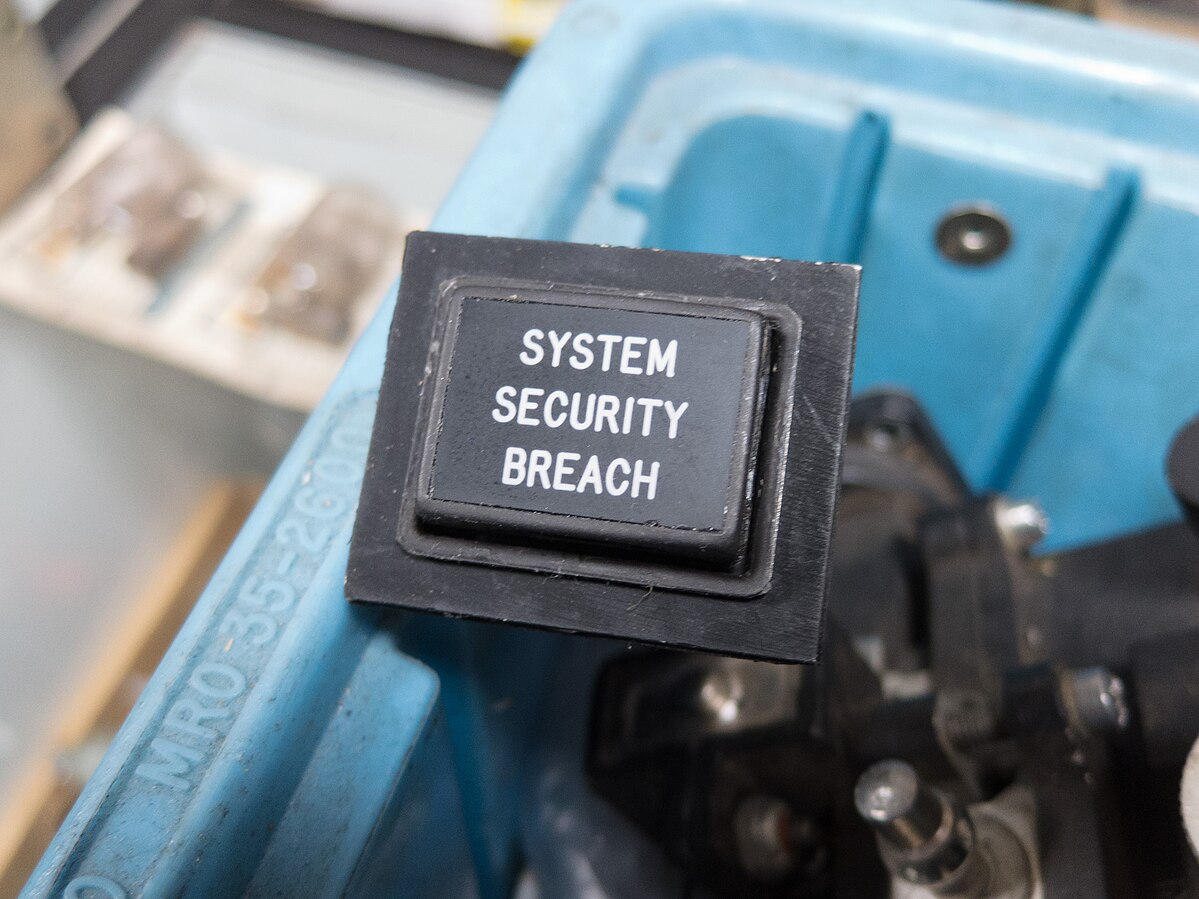Public defenders fear a potential tsunami of identity theft after a group of hackers allegedly stole the personal records of nearly 3 billion people. The theft occurred in April, according to a class-action lawsuit filed in federal court in Fort Lauderdale, Florida. The lawsuit claims that the group of hackers known as USDoD stole the records from National Public Data (NPD), a company that provides personal information to employers, private investigators, and others conducting background checks.
Reportedly, the United States Department of Defense attempted to sell the data for $3.5 million but has now released most of it for free on an online exchange for stolen personal data. The group claims to have 2.9 billion records containing personal data from every person in the United States, Canada, and the United Kingdom, although those populations total approximately 440 million. Several news outlets have examined parts of the data and reported that they appear to be data of real people. National Public Data has not responded to numerous media requests for comment.
Senator Rick Scott, a Republican from Florida, issued a statement on Wednesday urging the White House to take action and be held accountable for the breach. He said that it is disturbing and unacceptable that Americans are only now learning about this massive attack, which allowed hackers to access and now offer for sale approximately 2.7 billion records, which, according to the Los Angeles Times, “includes a person’s full name, address, date of birth, Social Security number, and phone number, along with alternate names and birth dates” of U.S. citizens. According to the website Bleeping Computer, “Each record consists of the following information: the person’s name, mailing addresses, and social security number, with some records including additional information, like other names associated with the person. None of this data is encrypted.”
The law firm handling the class-action lawsuit, Schubert, Jonckheer & Kolbe, stated in a press release that the stolen file contains 277.1 gigabytes of data, including names, address histories, relatives, and Social Security numbers dating back at least three decades. The hackers reportedly sold the data on the dark web for $3.5 million.
Experts say the most effective step you can take right now is to freeze your credit files at the three major credit agencies: Experian, Equifax, and TransUnion. This will prevent others from applying for credit cards or opening other financial accounts in your name. Freezing your credit can offer valuable protection against fraudulent activities. A credit freeze limits access to your credit report, serving as a preventive measure to safeguard your financial well-being. However, if you want to apply for something that requires a credit check, you will need to lift the freeze.
If you’re concerned that your personal data has been compromised, there are some steps you can take to prevent fraud and identity theft. Store documents containing your personal information, including financial documents, Social Security, Medicare, and credit cards, in a safe place at home and work. Limit what you carry with you; leave your Social Security and Medicare cards at home unless you need them for a specific reason. Don’t share your personal, financial, or health plan information over the phone, by mail, or online unless you trust the requester and you initiated the contact. Inspect your credit card receipts to ensure they do not show your full account number. Use only one credit card for your online purchases. Consider opting out of most pre-screened credit offers by calling 1-888-567-8688 or visiting optoutprescreen.com.
Similar Posts
To protect your personal data online, create strong passwords with a combination of letters, numbers, and symbols, and avoid using the same password across multiple sites. Use a password manager to generate and store complex passwords securely. Enable two-factor authentication (2FA) on your online accounts for an extra layer of security, which typically requires a second form of verification, such as a code sent to your phone. Be cautious of phishing attacks, and verify the identity of the sender before clicking links or downloading attachments. Regularly update your operating system, applications, and antivirus software to protect against the latest threats, and enable automatic updates when possible. Ensure that website addresses use HTTPS, and consider using a VPN (Virtual Private Network), especially on public Wi-Fi networks, to encrypt your internet connection.
Lock your devices with a PIN, password, or biometric authentication (fingerprint, facial recognition), and use encryption on your devices to protect stored data. Be cautious with public Wi-Fi, and avoid accessing sensitive accounts over such networks. Backup important data regularly to an external drive or cloud service, ensuring that backups are encrypted to protect them from unauthorized access.


















